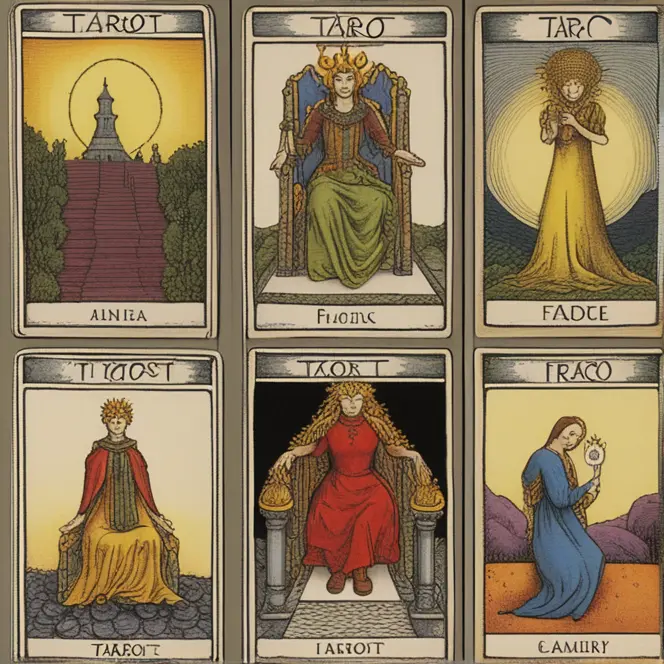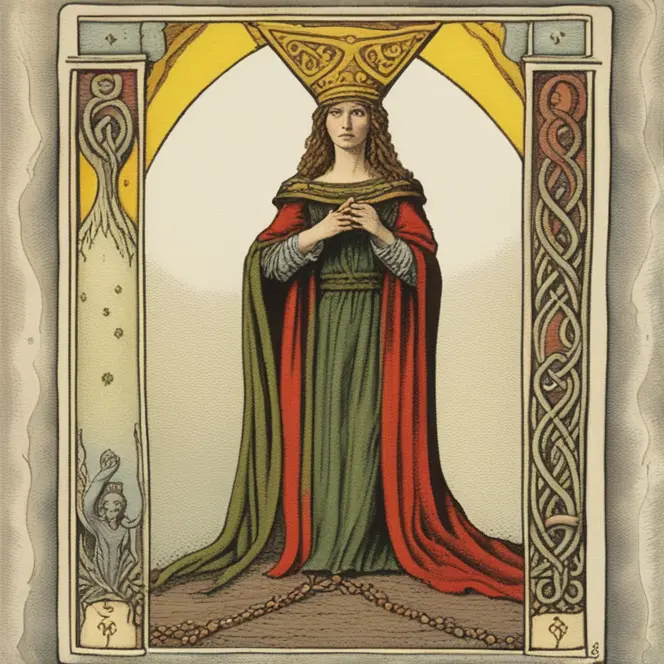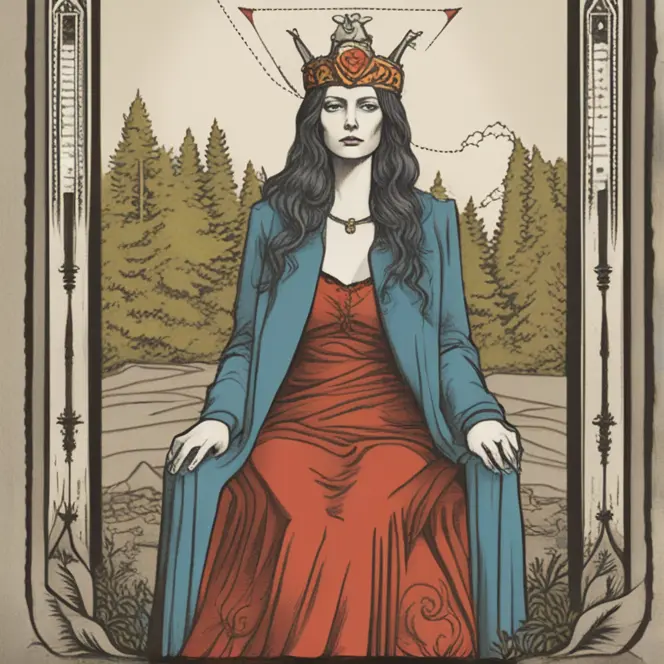
Tarot readings have been sought after for centuries, offering insights and guidance through a tapestry of rich symbolic imagery. The term "tarot facade" refers to the initial impression or the "face" that tarot presents to both the reader and the querent—the person seeking the reading. This introduction serves to demystify the essence of tarot, guiding you through its symbolism and potential for personal introspection.

Each tarot card is a visual representation of the human experience, encompassing a wide spectrum of emotions, challenges, and milestones. From the vibrant energy of The Fool, signaling new beginnings, to the introspection of The Hermit, every image serves as a mirror to the soul's journey. Understanding the symbolism within the cards is key to interpreting the messages they hold, allowing a glimpse beyond the facade and into the deeper truths of our lives.

The layout, or spread, in a tarot reading is much like the stage for a play. Different spreads reveal various dimensions and answers to the querent's question. Whether it's a simple three-card spread representing past, present, and future, or a more complex Celtic Cross, the positions of the cards in relation to each other contribute to the story that unfolds and offer a comprehensive view beyond the initial facade of the question at hand.

A tarot reader's intuition is the key that unlocks the deeper meaning within the cards. Frequently, the images on the cards will spark an intuitive hit, a flash of knowing that guides the interpretation. This relationship between the reader's intuition and the card's imagery is what transforms a static reading into a dynamic exploration of circumstances, prompting a deeper understanding beyond the tarot's enigmatic facade.
The querent brings their own energy and context to a tarot reading, which interplays with the cards drawn to create a unique and personal narrative. The questions posed and the openness of the individual influence the direction and clarity of the reading. By engaging with the imagery and being willing to look beyond the superficial, the querent can discover meaningful insights that lay hidden behind the initial facade of the cards.

In contemporary times, tarot has transcended its esoteric origins and is now often used as a tool for self-reflection and psychological insight. Many people turn to tarot not for its predictive capabilities but for its ability to bring to light subconscious thoughts and feelings. By using the cards as reflective mirrors, individuals peel back the layers of their own facades, uncovering truths and gaining clarity on life’s intricate paths.
While tarot has a dedicated following, it's important to acknowledge the skeptics who view the practice as mere entertainment. The debate between skeptics and believers, however, adds to the richness of tarot. Whether you consider tarot as a tool for divine guidance or a way to stimulate the subconscious, the power of the cards to encourage introspection and dialogue is undeniable. The magic of tarot, therefore, lies in its ability to present a facade that invites curiosity and contemplation.
Published: 12/8/2023
Modified: 12/8/2023
More predictions
Come back here soon to learn more about yourself and your future


The Tarot’s Origin: A Historic Journey
Discover the fascinating historical origins of tarot cards, from medieval playing cards to modern divination tools.


Unveiling Matrimony Timing With Tarot
Discover how tarot can offer insights into the timing of your future marriage.


The Mystique Of Tarot: Beyond The Natural?
Explore the enigmatic world of tarot to discover whether these ancient cards hold supernatural qualities or are simply tools for reflection.